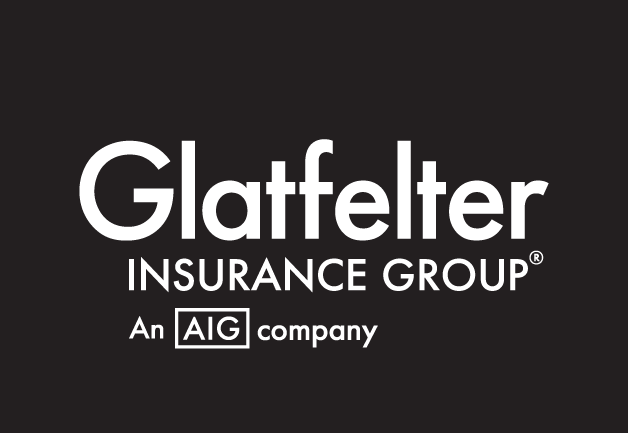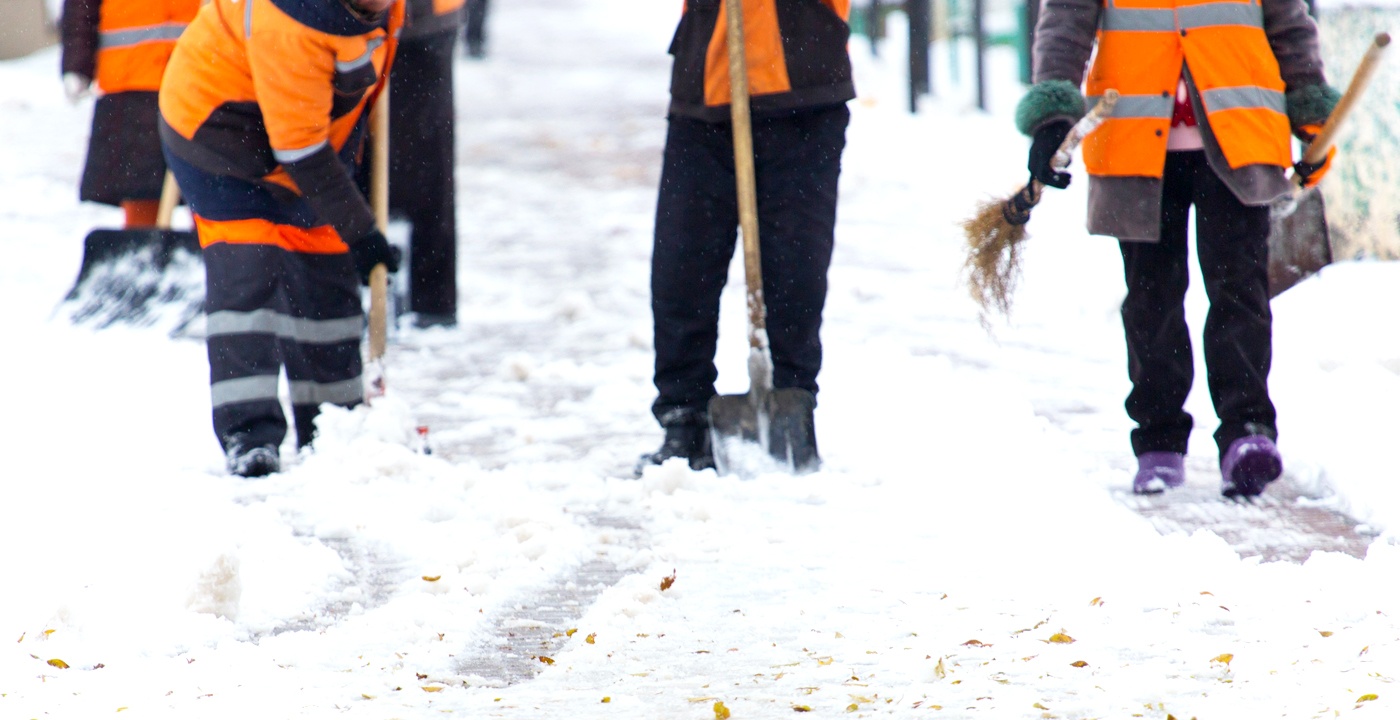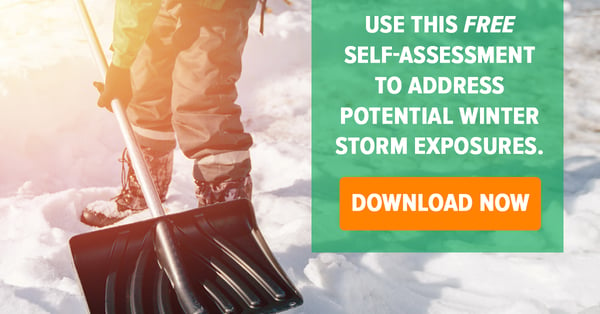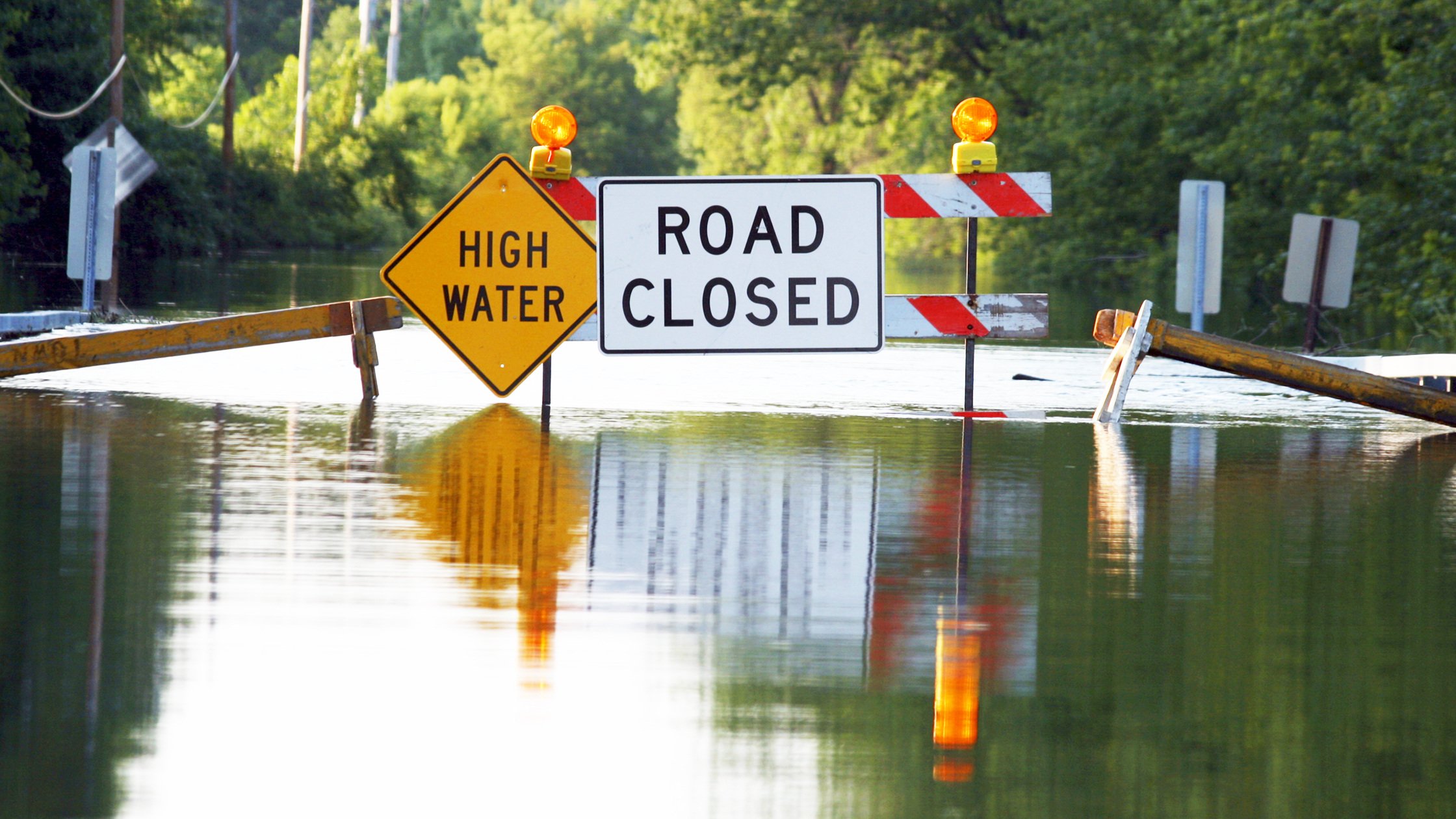How business leaders can better prepare their properties and teams for cold weather.
Winter is coming, and uncertainty is sure to follow. Year after year you never know what to expect from Mother Nature. Whether it’s a wintry mix of snow, sleet and freezing rain or below-zero temperatures, your organization should be prepared to face the weather that is thrown your way.
Snow or ice can lead to a slip and fall incident report and heavy snowfall can severely damage your roof, but that’s just the tip of the iceberg as winter brings plenty of risks. You can combat these exposures by developing a winter weather plan for your organization and better protecting your staff and property, while continuing to serve your community.
A good winter weather plan starts with staying informed. You should familiarize yourself with the warnings and advisories associated with winter weather. From a winter storm watch to an ice storm warning, the National Weather Service is a great resource to help you plan for approaching winter weather events.
Pay close attention to the forecast as well. Taking a minute to review your area's weather projection will give you an idea of expected snow fall, ice accumulation and more. If you stay informed, you'll have the advantage when preparing your property and staff.
Prepare your property
Winter weather can greatly impact your property. In 2017 alone, winter storms caused $244.14 million in property damages while ice caused $64.61 million in the United States. To aid in lowering property damage costs, your winter weather plan should address property maintenance and include a self-inspection form for building and grounds. When examining your property, a few areas to pay close attention to include:
- Roof
- Drains
- Sump pumps
- Water piping
- Sprinkler systems
- Standby generators
- Temporary heating
Prepare your staff
You should always keep your staff involved and informed, so it's recommended that you take the time to arrange a meeting and prepare for winter weather conditions. Because each organization can vary when it comes to staff size, it can be difficult to navigate around everyone’s schedule. If you find yourself in this situation, consider hosting multiple meetings to align with different schedules or even a lunch-and-learn.
When preparing for your discussion, FEMA suggests keeping these goals in mind:
- Share the impact of winter storms. Vehicle accidents, carbon monoxide poisoning and unsuitable attire are the biggest leading causes of winter injuries and death.
- Educating your team on the National Weather Service terms and alerts cannot be stressed enough. This will give you the upper-hand by providing your team information on what to prepare for and when arrival is expected.
- If you need to halt operations, is your team prepared at home? If there were a loss of heat, power or water, do they have enough supplies to last at least three days?
- Outline your organization’s emergency communications plans and policies.
- Encourage your staff to sign up for community notifications.
Let’s not forget about the health issues. Prepare your team by advising them on the health risks that are associated with winter weather. You can start with cold stress.
A frigid environment could put your members at risk of cold stress. According to OSHA, cold stress occurs by driving down the skin temperature and eventually the internal body temperature. When this happens, serious health issues, tissue damage and even death could follow.
Other common cold-induced illnesses include hypothermia, frostbite and trench foot. Take the time during your discussion to review the symptoms, treatment and prevention of these risks. Training employees is vital because it could save someone’s life.
One final winter preparedness tactic to execute would be a tabletop exercise. This is an exercise recommended by FEMA and allows you to review what your team would do in the event of a winter disaster. You should provide your team with a scenario and advise them to review plans, policies and procedures without disrupting the workplace. This can be a great hands-on experience and can familiarize your team on their roles and responsibilities during an emergency.
Don’t underestimate what winter weather can do to you, your team and your property. It’s always better to be safe than sorry, so prepare now to better protect your organization, employees and your bottom line.

Richie Almeida, Integrated Marketing Specialist
Richie is an avid movie goer with an addiction to Sour Patch Kids. If he isn’t at the movies, he is at the gym or on a hike trying to make up for his bad eating habits.
DISCLAIMER
The information contained in this blog post is intended for educational purposes only and is not intended to replace expert advice in connection with the topics presented. Glatfelter specifically disclaims any liability for any act or omission by any person or entity in connection with the preparation, use or implementation of plans, principles, concepts or information contained in this publication.
Glatfelter does not make any representation or warranty, expressed or implied, with respect to the results obtained by the use, adherence or implementation of the material contained in this publication. The implementation of the plans, principles, concepts or materials contained in this publication is not a guarantee that you will achieve a certain desired result. It is strongly recommended that you consult with a professional advisor, architect or other expert prior to the implementation of plans, principles, concepts or materials contained in this publication.
This blog post may contain the content of third parties and links to third party websites. Third party content and websites are owned and operated by an independent party over which Glatfelter has no control. Glatfelter makes no representation, warranty, or guarantee as to the accuracy, completeness, timeliness or reliability of any third party content. References to third party services, processes, products, or other information does not constitute or imply any endorsement, sponsorship or recommendation by Glatfelter, unless expressly stated otherwise.
Related posts
While trees can bring beauty and benefits to your community, property damage or injuries could occur if you overlook their risks.
Keep these tips in mind to help your water facility minimize the damage and disruption a hurricane could cause.
How you can help protect your most important asset: your people, and how to help them set up their insurance benefits so that they reflect their wishes.









Submit a Comment